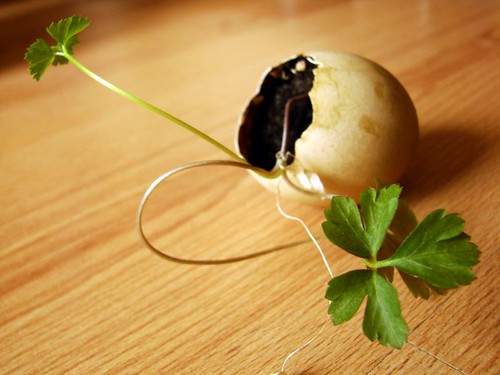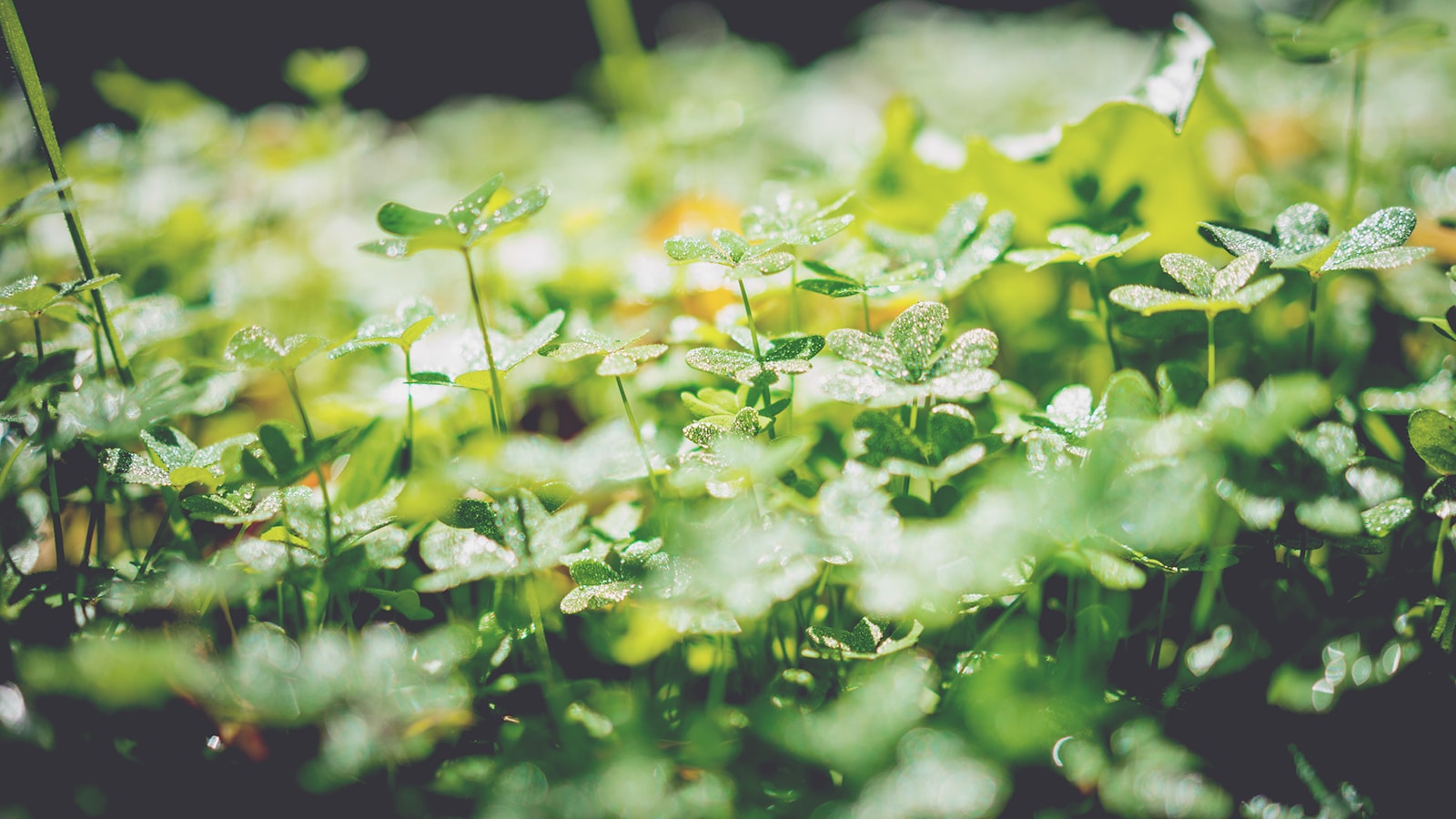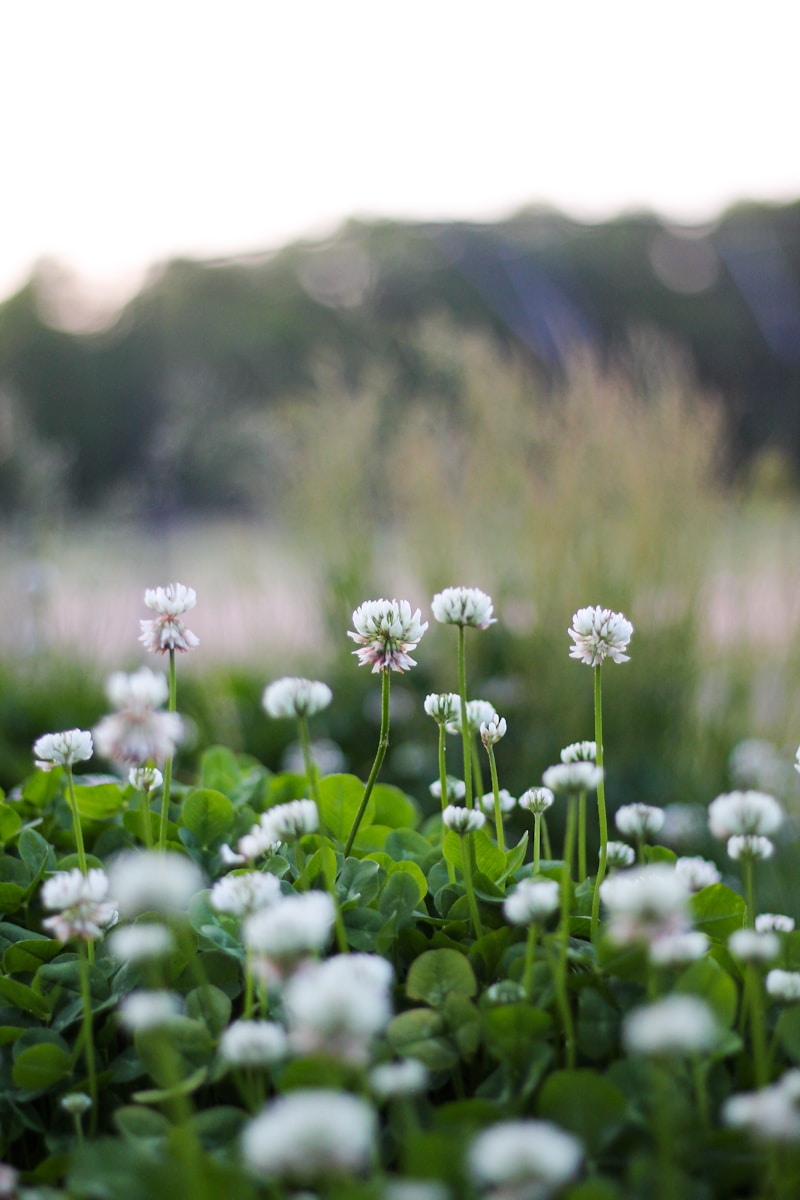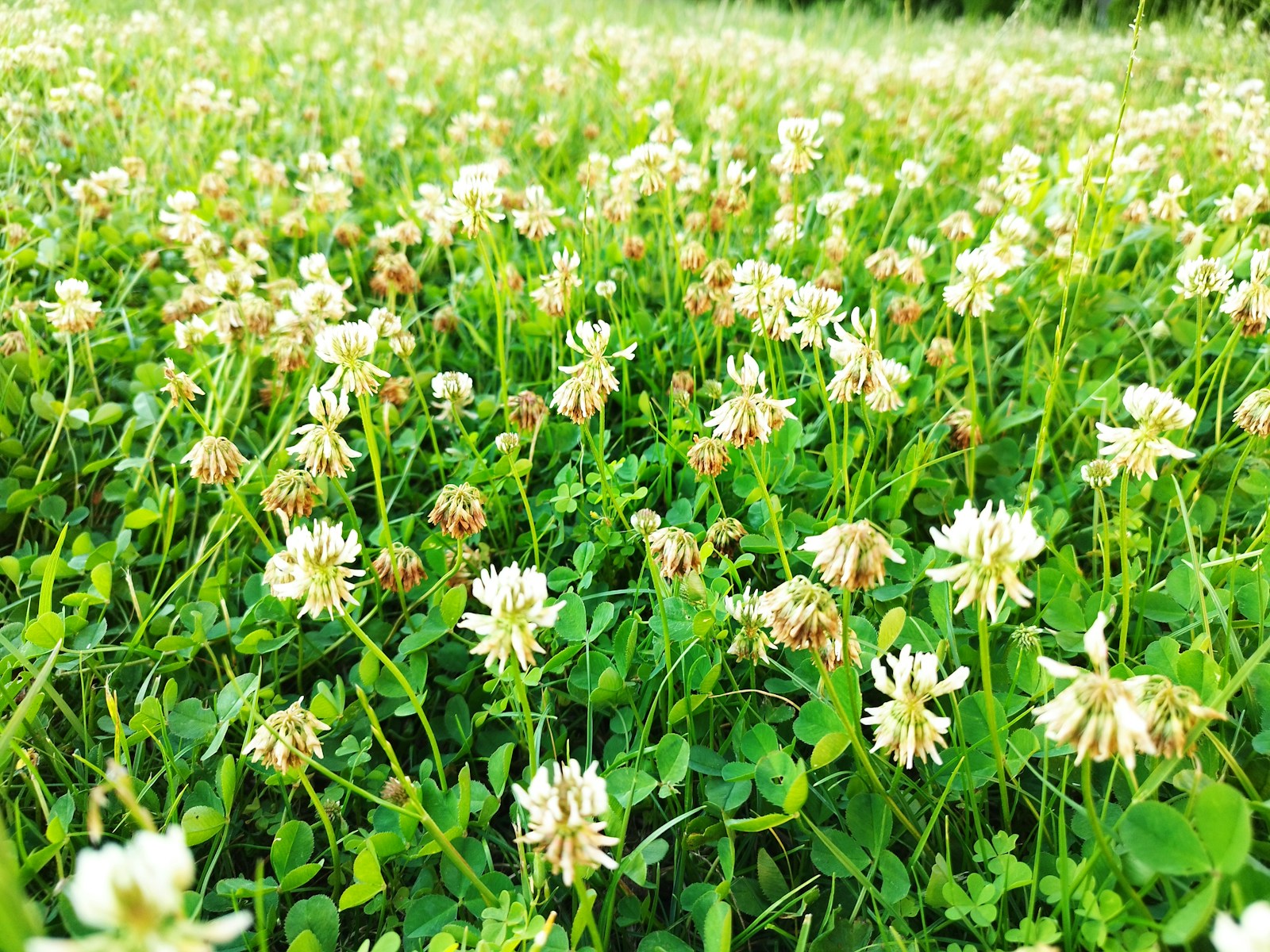Eggshells have long been touted as a natural and sustainable way to enrich garden soil and deter pests. But do they really work? In this in-depth guide, we’ll explore the benefits, practical applications, and potential pitfalls of using eggshells in the garden.
Why Use Eggshells in the Garden?
Eggshells are packed with calcium carbonate, a key nutrient that strengthens plant cell walls. They also offer benefits such as pest deterrence, soil aeration, and compost enrichment. Let’s break down the core reasons gardeners swear by them:
- Nutrient boost: Supplies calcium, magnesium, and trace minerals.
- Pest control: Sharp edges can deter slugs and snails.
- Soil conditioning: Helps with aeration and drainage.
- Eco-friendly: Reduces kitchen waste in a sustainable way.
How to Prepare Eggshells for Garden Use
To maximize their benefits, eggshells need to be properly prepared. Follow these simple steps:
- Rinse thoroughly: Remove any egg residue to prevent attracting pests.
- Dry completely: Spread them out on a baking sheet and leave them in a sunny spot or oven-dry at a low temperature.
- Crush or grind: Use a mortar and pestle or a blender to break them down to the desired consistency.
Ways to Use Eggshells in the Garden
1. As a Soil Amendment
Eggshells can help enrich soil with calcium, which is especially beneficial for plants like tomatoes, peppers, and eggplants that suffer from blossom end rot.
How to apply:
- Sprinkle crushed eggshells directly into the planting hole.
- Work them into the topsoil around established plants.
2. In Compost Bins
Eggshells are an excellent addition to compost piles, providing calcium and helping to balance the carbon-to-nitrogen ratio.
Pro tip: Crushing the shells beforehand speeds up decomposition.
3. Pest Deterrent
The jagged edges of crushed eggshells can create a natural barrier against soft-bodied pests like slugs and snails.
How to use:
- Spread a thick ring of crushed shells around vulnerable plants.
4. Seed Starters
Eggshell halves make biodegradable seed-starting pots. They provide a slow release of calcium as the seedlings grow.
Steps:
- Poke a small drainage hole in the bottom of the shell.
- Fill with potting soil and sow seeds.
- Transplant directly into the soil when ready.
5. Lawn Fertilizer
Eggshell powder can be sprinkled over lawns to promote healthy grass growth.
Application tip: Use a broadcast spreader for even distribution.
Pros and Cons of Using Eggshells in the Garden
Pros:
- Budget-friendly and sustainable
- Rich in calcium and beneficial minerals
- Easy to prepare and apply
- Helps deter some pests naturally
Cons:
- Takes time to break down in soil
- Not a complete fertilizer; lacks nitrogen and phosphorus
- May attract rodents if not cleaned properly
Comparing Eggshells to Alternative Methods
| Method | Benefits | Drawbacks |
|---|---|---|
| Eggshells | Sustainable, calcium-rich | Slow decomposition |
| Lime | Fast calcium boost | Can alter soil pH too quickly |
| Commercial Fertilizers | Balanced nutrients, quick results | Expensive, synthetic additives |
Common Mistakes and Solutions
- Using whole shells: They decompose slowly; always crush them.
- Overapplication: Too many shells can create calcium imbalances.
- Ignoring soil testing: Test soil to ensure calcium is needed.
Real-Life Homeowner Experiences
In Phoenix, Arizona, Rachel noticed fewer slugs in her vegetable patch after creating a perimeter of eggshells around her lettuce. Meanwhile, in Chicago, Mike found that adding ground eggshells to his tomato plants improved their fruit yield over two seasons.
Environmental Impact of Using Eggshells
Using eggshells reduces kitchen waste and reliance on synthetic fertilizers, contributing to a more sustainable gardening practice.
Final Thoughts
Eggshells can be a valuable addition to your garden when used correctly. They provide a natural source of calcium, help deter pests, and contribute to a sustainable gardening routine. However, they work best when combined with other organic amendments for balanced soil health.



